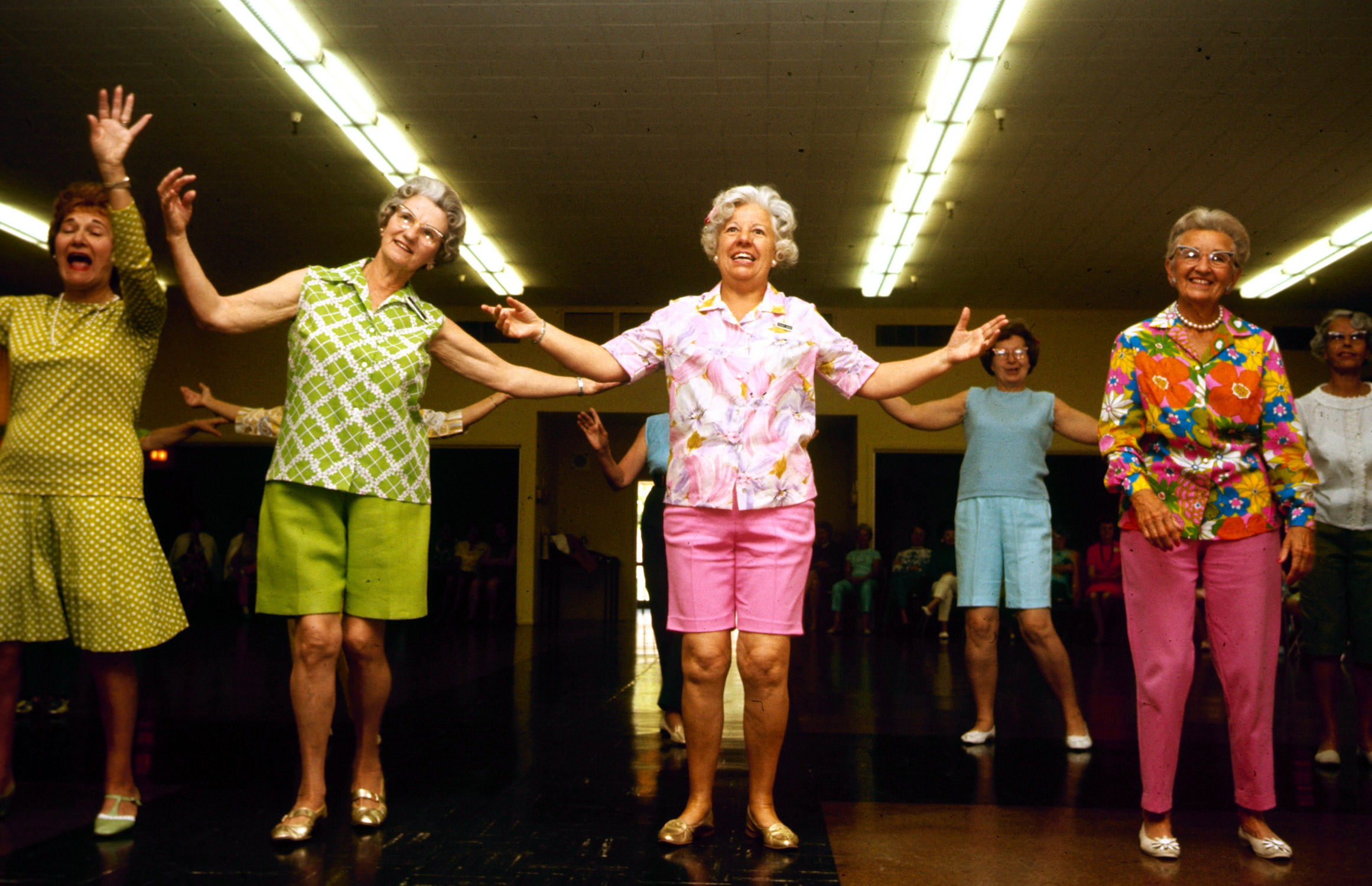
The residents of Youngtown, Ariz., took a tongue-in-cheek approach to naming their town when it was founded around 1960: the town was the first American retirement community, a phrase that LIFE magazine still put within quotation marks in 1970, when the magazine’s Paul O’Neil examined life in such towns in the May 15 issue.
By that point, Youngtown’s ideas had spread to many other places, especially in the Southwest, also home to Sun City, Ariz.—photographs by Ralph Crane from which, including many that were unpublished, can be seen here. With a population of 14,000 enjoying its three golf courses and “illuminated outdoor shuffleboard courts,” Sun City was thriving.
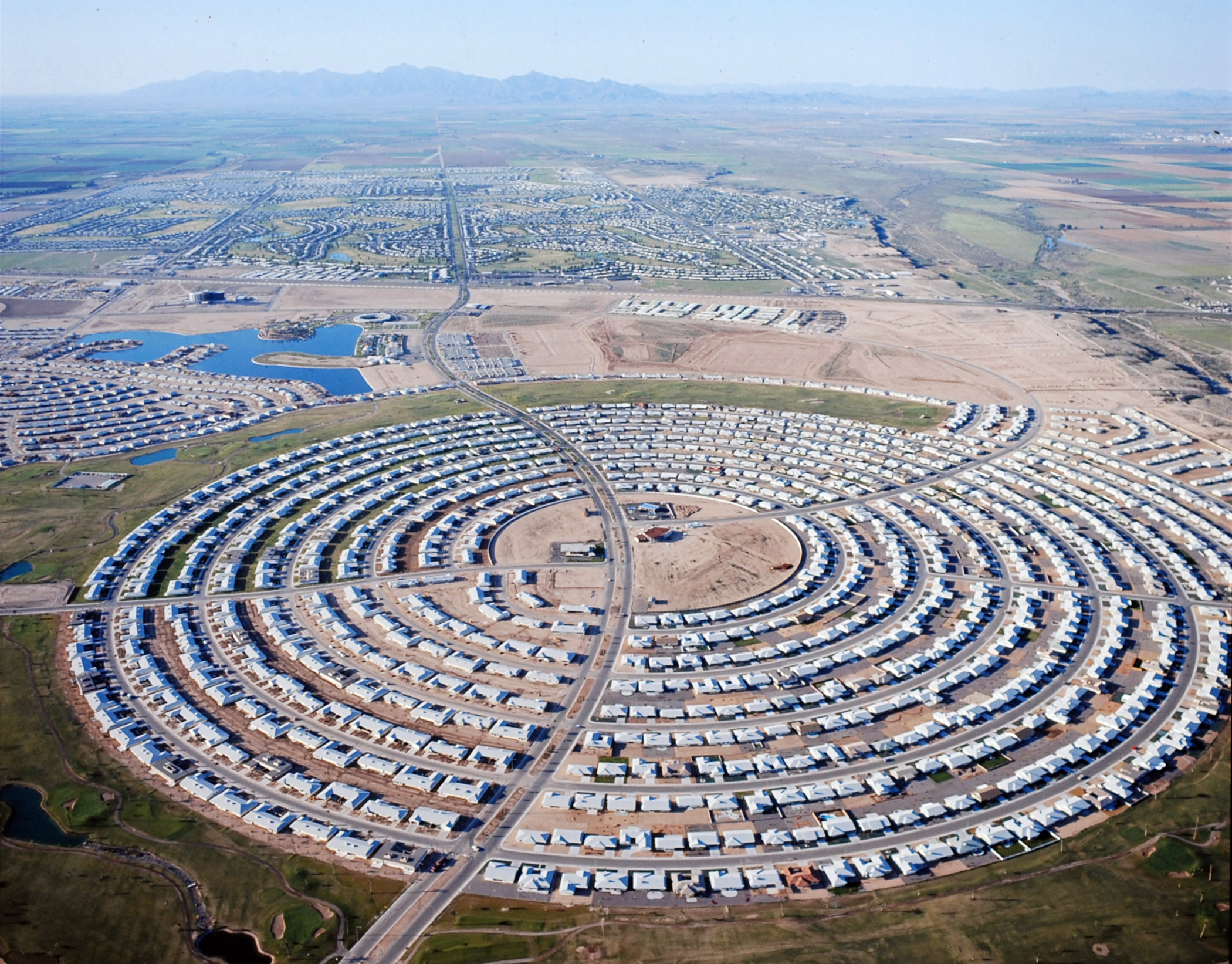
In fact, LIFE reported, seven new houses were completed each day.
One of the major draws of Sun City was that, if residents were willing to pack up and move, investing in one of the “low, white-roofed, pastel-tinted” houses in the area, they could then live fully — with access to clubs and activities for every interest under the desert sun — on much less than they might require elsewhere. In 1970, the price of a two-bedroom house there had nearly doubled since the city’s founding to $17,990 (about $113,000 today) but some residents told LIFE that they could live there on $100 ($628) a week. As a result, LIFE found that the residents were “surprisingly varied” and included both “people from relatively humble walks of life” and “retired physicians, engineers, lawyers and Army officers.”
The article also captured another reason why life in a place like Sun City might be attractive: the attitudes about retirees that could be so prevalent elsewhere were often left behind. The older people there, O’Neil explained, “will engage in an unsentimental rejection of all sorts of attitudes and postures which are generally expected of them when they are in the minority.” In 1970, that rejection could be for better or worse.
It was freeing, on the one hand, to be able to abandon “the old homestead” and its responsibilities, and to do the things you actually wanted to do (dancing, light-intensity sports, dating for those who were widowed) rather than what was expected of you. On the other hand, living among only people who felt they had been at their peak decades earlier allowed the resurfacing of views that might not be acceptable in 1970 elsewhere. For example, residents spoke “with candor and satisfaction” of the oasis of a place where there were no hippies, no LSD and no welfare. There was also no “race problem,” LIFE noted, but residents said so having moved to a place that in 1970 had no black residents.
Click here for more articles from Time Inc.’s Looking Forward series.
The sweet spot, then, would be a place in between, a retirement community where residents were neither isolated nor subsumed by the rest of the world — a vision of the good life that anyone could get behind. And when Sun City worked on that account, it really worked. Thanks to the many activities it offered, it was easy to make new friends, and who you were before you moved — your job, how much money you made — didn’t have to define you.
“It doesn’t matter what you used to be;” one resident told LIFE, “all that counts is what you do here.”


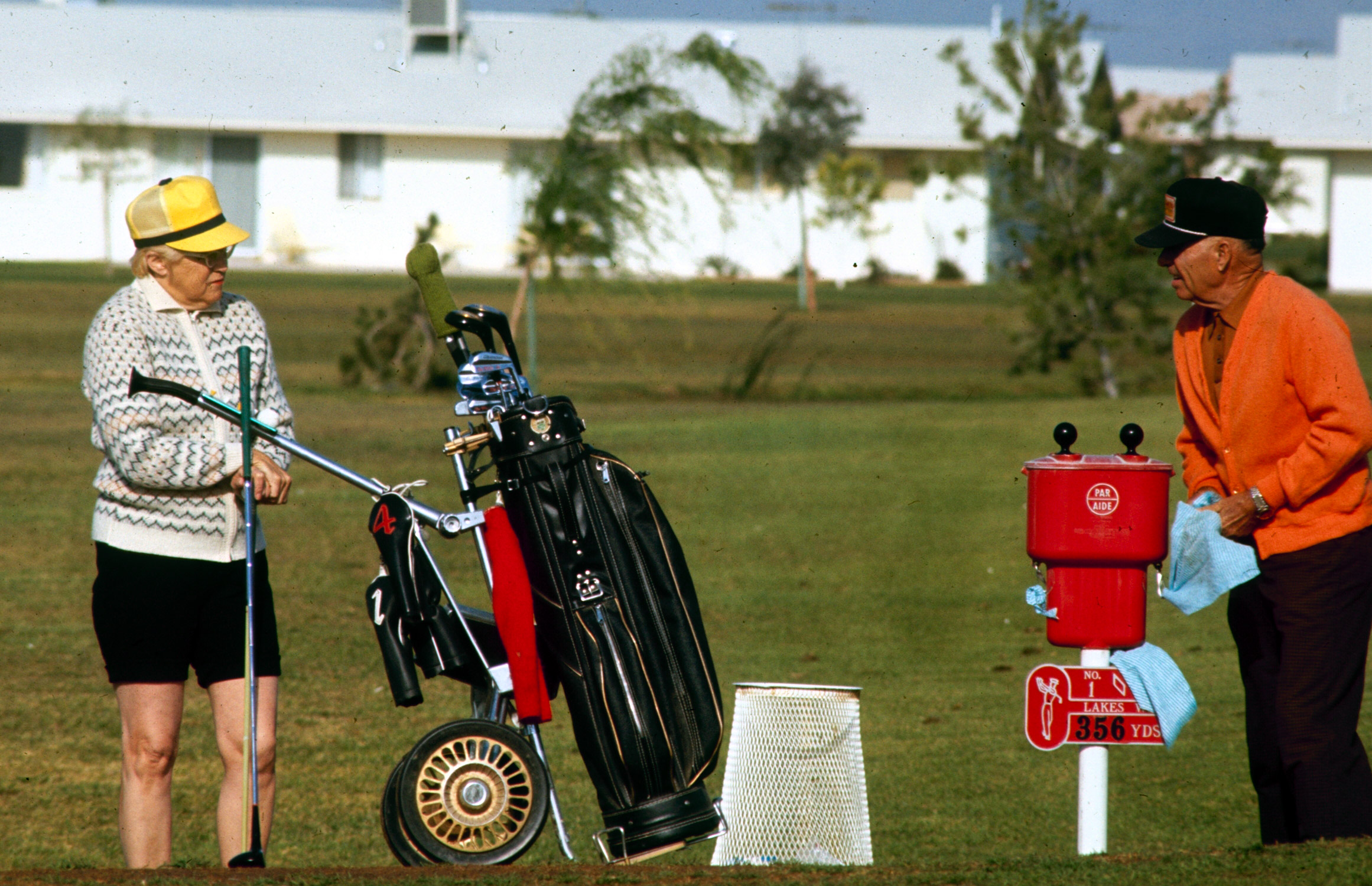
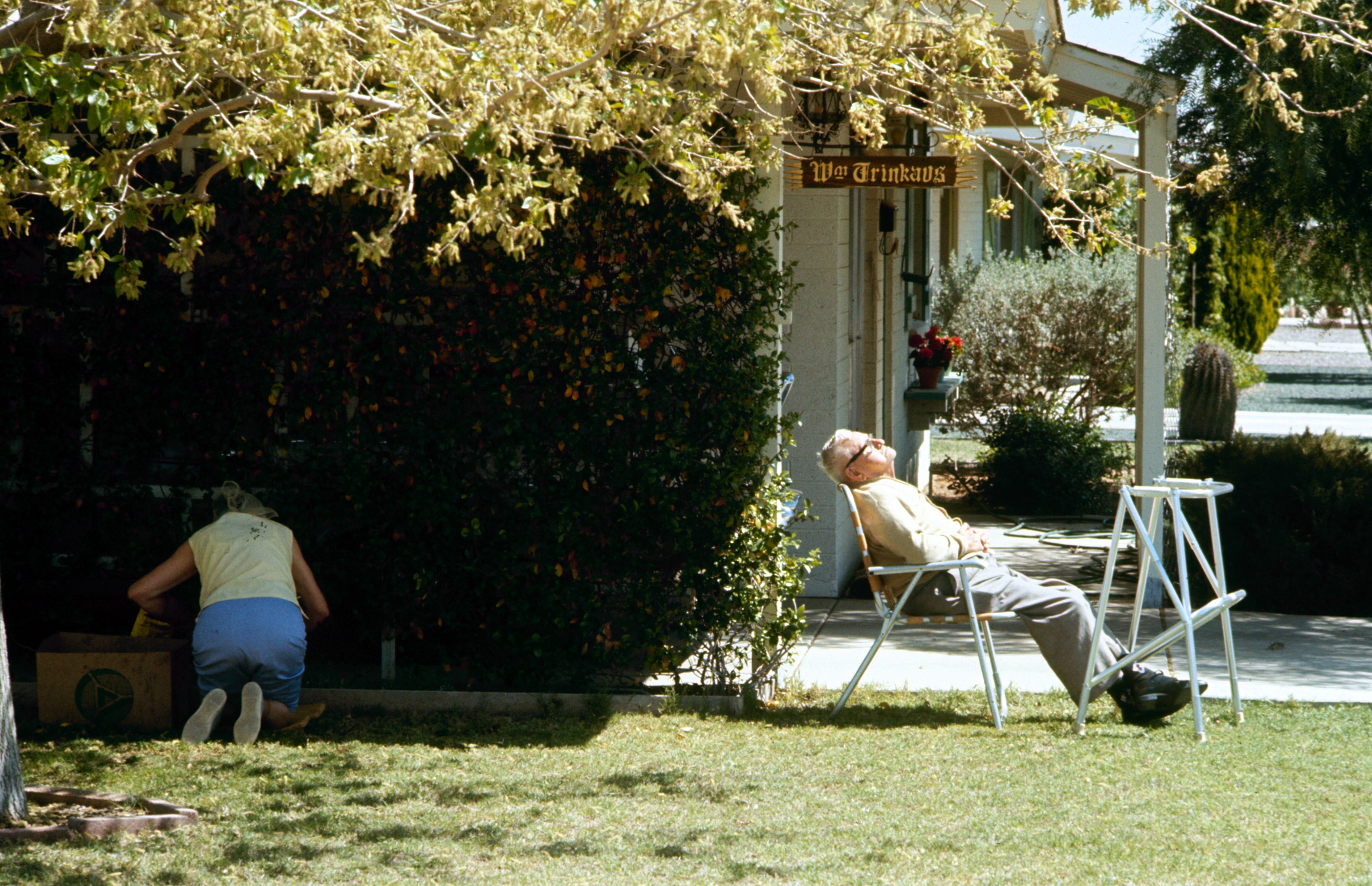
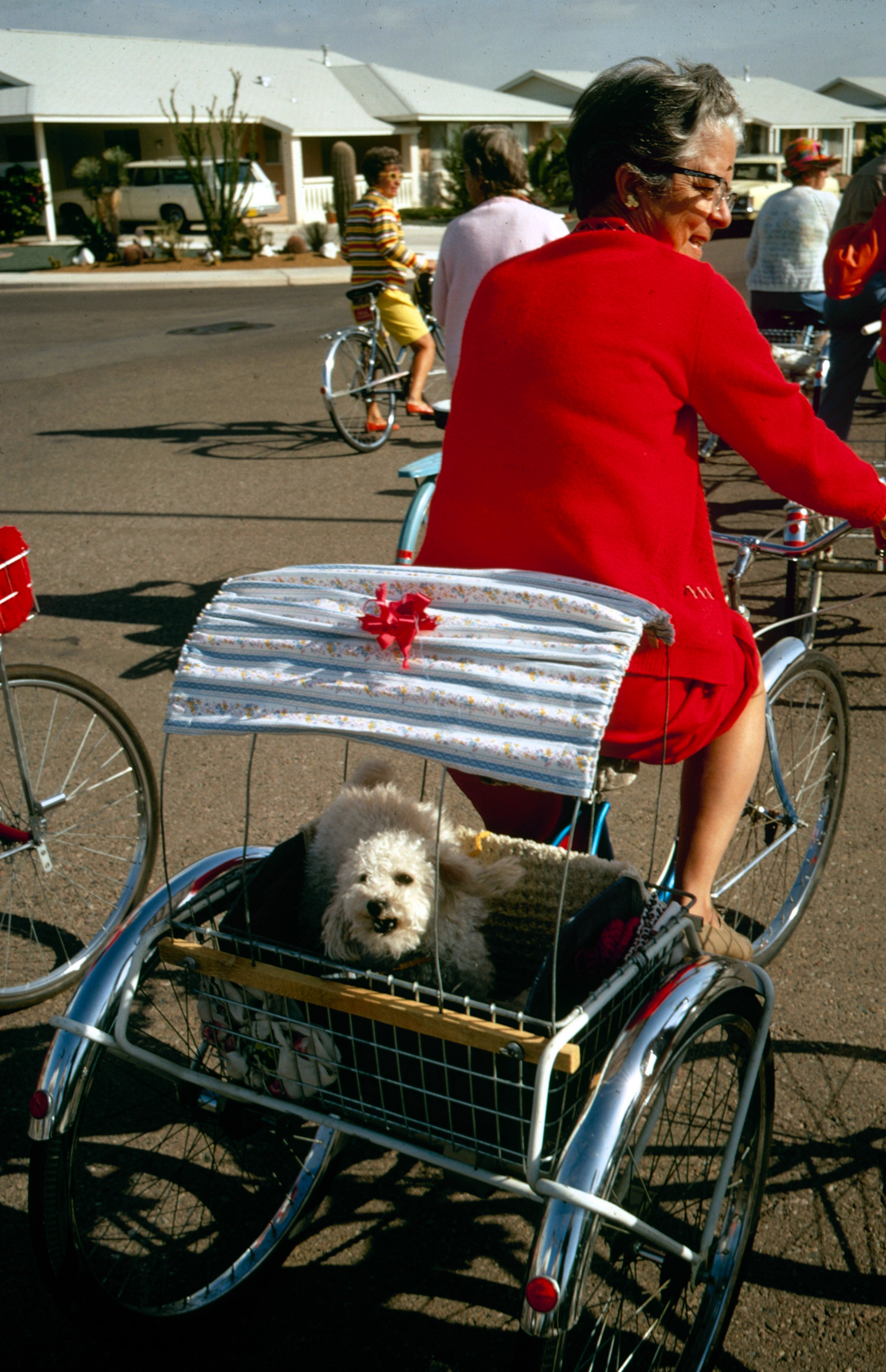

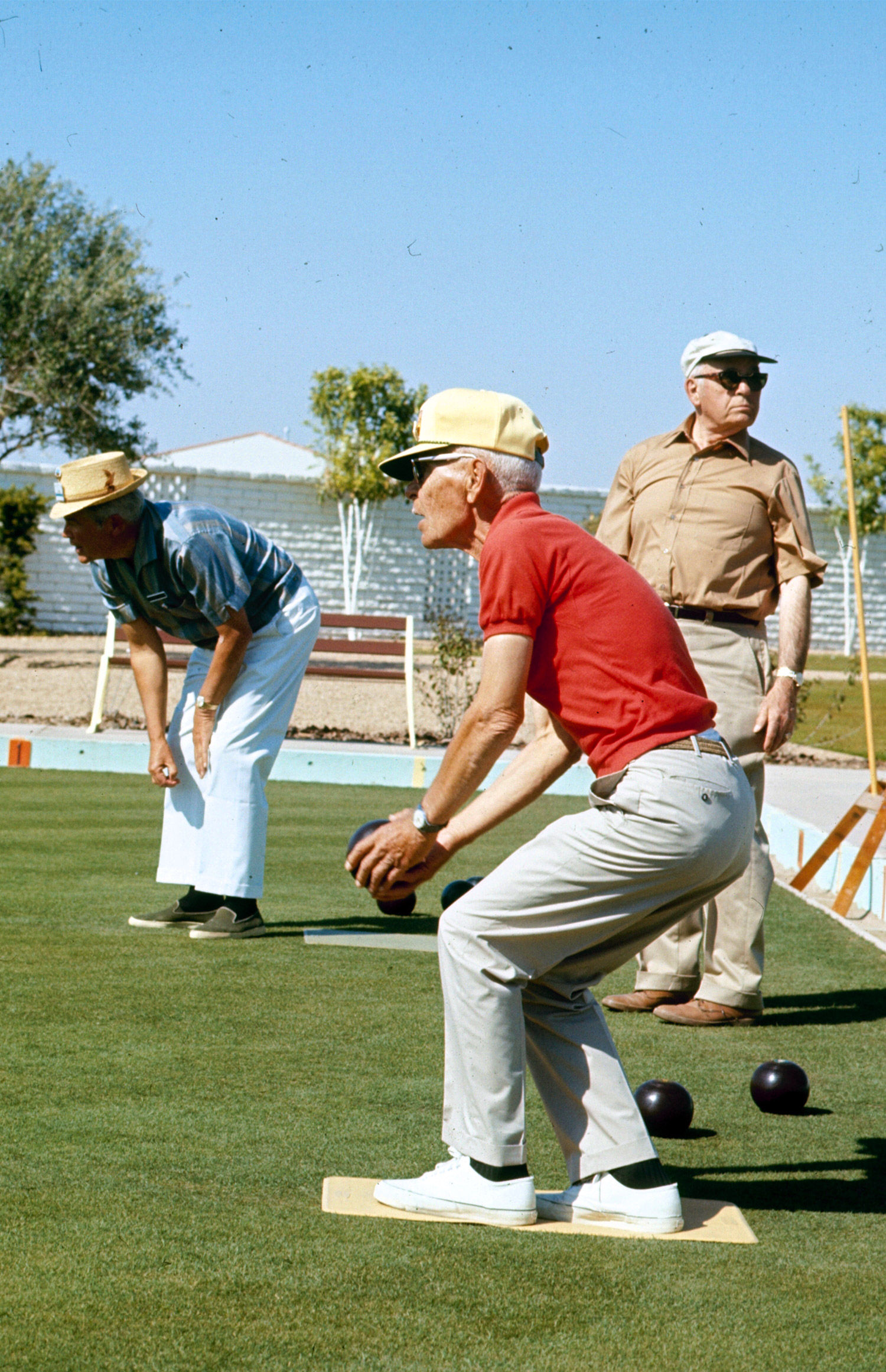
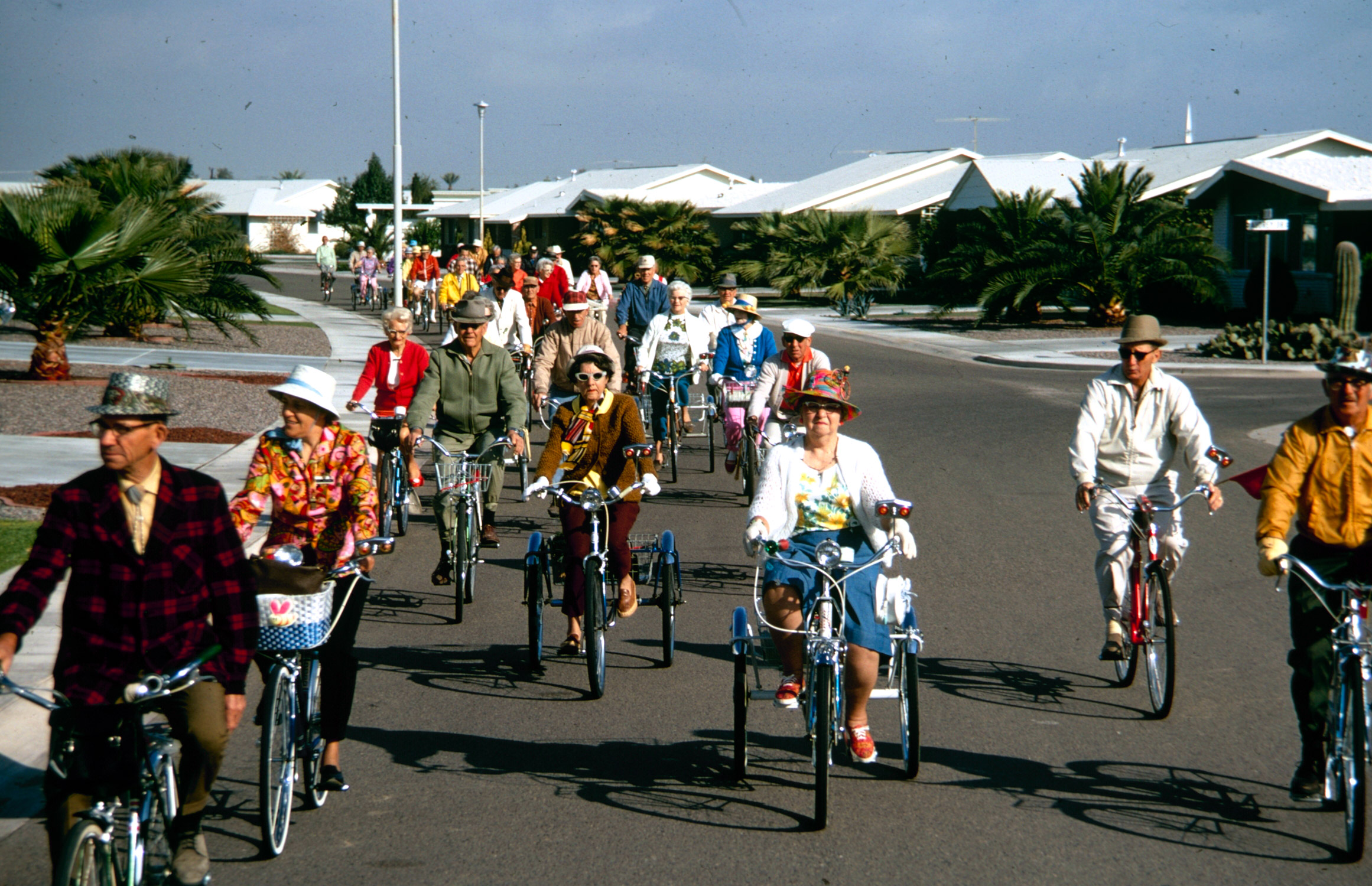

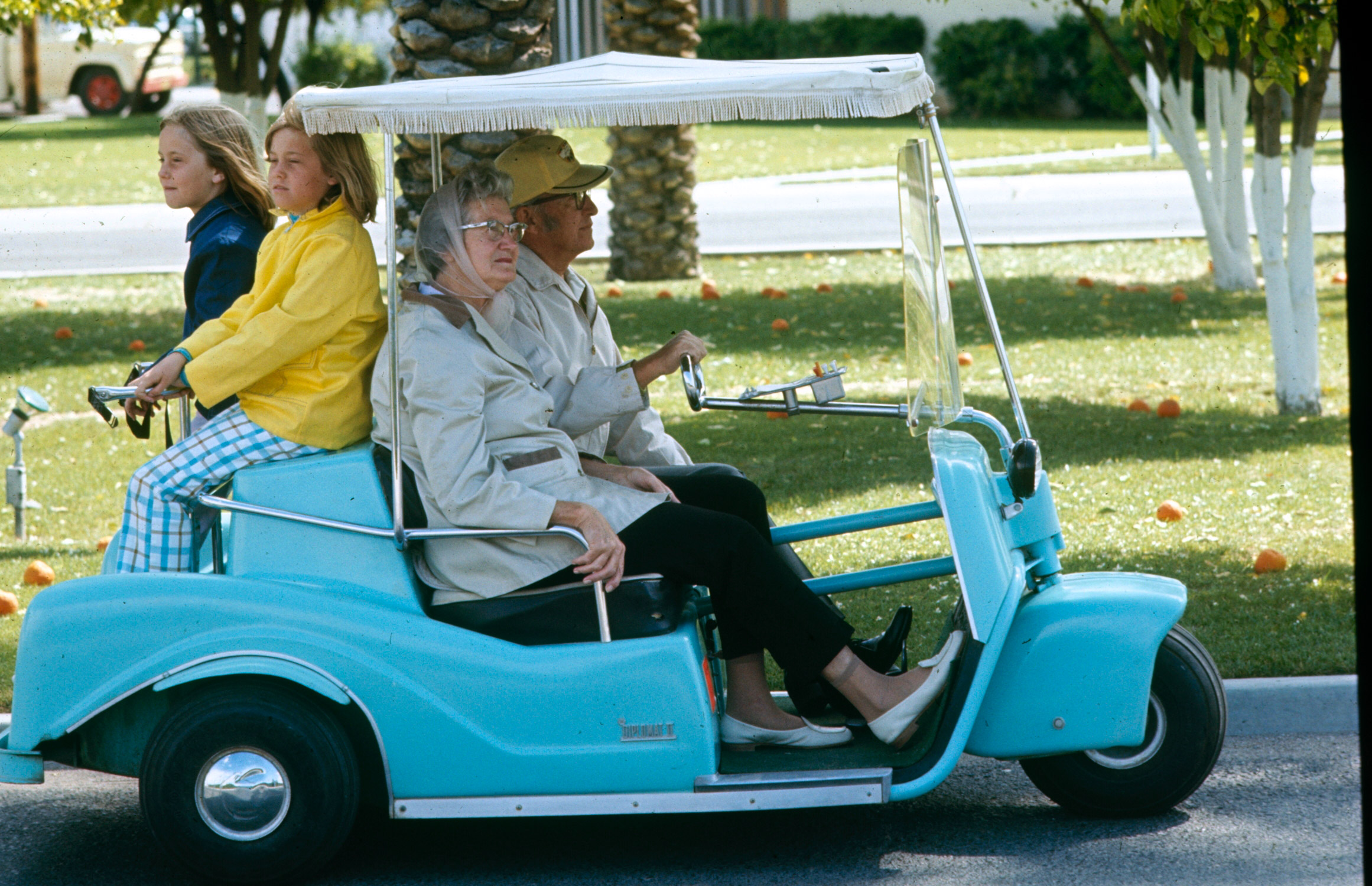
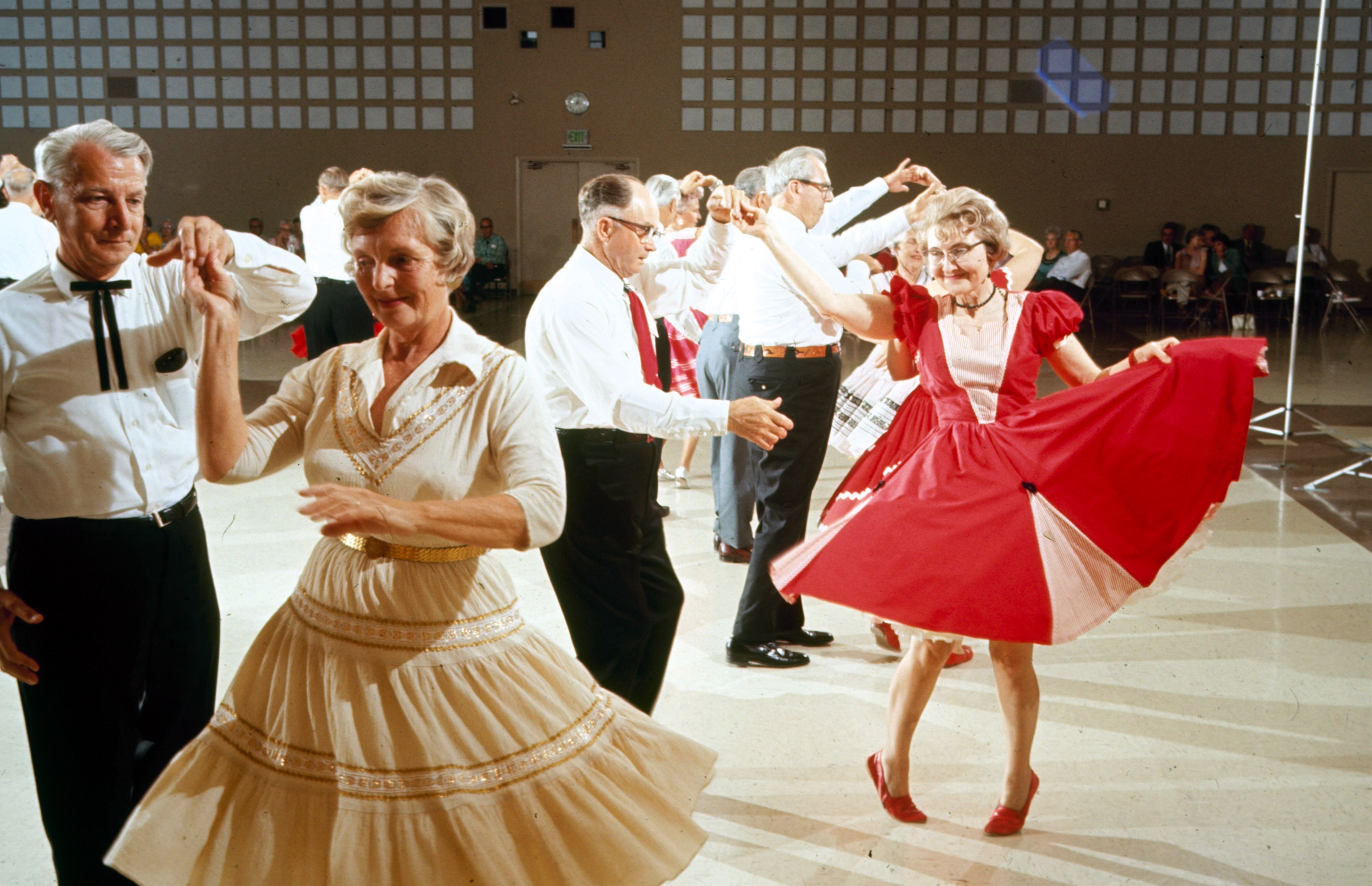



More Must-Reads From TIME
- The 100 Most Influential People of 2024
- The Revolution of Yulia Navalnaya
- 6 Compliments That Land Every Time
- Stop Looking for Your Forever Home
- If You're Dating Right Now , You're Brave: Column
- The AI That Could Heal a Divided Internet
- Fallout Is a Brilliant Model for the Future of Video Game Adaptations
- Want Weekly Recs on What to Watch, Read, and More? Sign Up for Worth Your Time
Write to Lily Rothman at lily.rothman@time.com